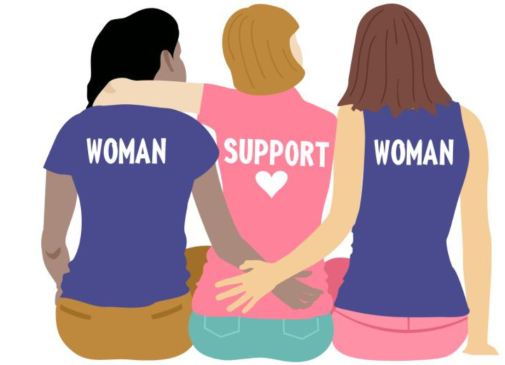
Uterine fibroids are a prevalent concern among women, affecting up to 80 percent of those by age 50. Fibroids are often symptomless. However, some women experience fibroid symptoms like heavy menstrual bleeding, pelvic pain, and discomfort during sexual activity. Although exercise can’t directly shrink existing fibroids, its numerous benefits can significantly alleviate symptoms and enhance overall well-being.
Many women are unaware that these signs may mean something is wrong. Therefore, it is important to know the symptoms of uterine fibroid disease.
Unveiling the Role of Exercise
Exercise is a potent tool in managing several health conditions such as PCOS, type 2 diabetes, high cholesterol, heart disease, depression, and some types of cancer1. Its impact is multi-faceted, with benefits including:
Hormone Regulation: Female hormones estrogen and progesterone play a role in fibroid growth. Exercise can contribute to hormone balance, potentially slowing the growth of fibroids.
Endorphin Elevation: Physical activity releases endorphins, the body’s natural painkillers. Elevated endorphins not only help to manage pain but can also contribute to an improved mood.
Enhanced Circulation: Exercising several times a week enhances blood circulation throughout the body, including the pelvic region. This increased blood flow can reduce inflammation and alleviate fibroid-associated pain.
Weight Management: A high body mass index (BMI), 30 or more, is linked to a higher risk of fibroids. Exercise can help lower the risk of developing fibroids by lowering BMI. Unfortunately, there is no evidence that activity shrinks existing ones.
Holistic Health Improvement: Beyond fibroid symptom management, exercise offers a wealth of benefits for overall health, including reduced risk of heart disease, stroke, type 2 diabetes, and certain types of cancer
Tailoring Your Exercise Regimen
Any exercise that elevates heart rate and causes perspiration is beneficial, certain types may yield enhanced results:
Aerobic Exercise: Activities such as running, swimming, and cycling elevate heart rate and endorphin levels. These exercises are particularly effective in hormone regulation and pain relief.
Strength Training: By building muscle strength and promoting better circulation, strength training aids in pain and inflammation reduction.
Yoga: This practice enhances flexibility and diminishes stress. Yoga incorporates breath control, meditation, and exercises that stretch and strengthen muscles. So it can provide a comprehensive body approach to symptom management.
Determining Optimal Exercise Levels
Follow the Centers for Disease Control’s guidelines 2 to get the most benefit:
- Plan to engage in at least 75 minutes of high-intensity movement or 150 minutes of moderate exercise weekly.
- Include strength training twice weekly to target major muscle groups.
- Or go for an even mix of high and moderate-intensity aerobic activity at least twice per week.
Embarking on Your Exercise Journey
If you are starting your exercise journey, gradual integration is key. Start with manageable levels and gradually intensify both duration and intensity. Always prioritize safety and consult your healthcare provider before initiating any exercise program, particularly if you have pre-existing health conditions.
Exercise is not a cure for uterine fibroids. However, it can offer a safe strategy for managing fibroid symptoms. If your symptoms have become unmanageable, it is best to consult a fibroid expert who can give you options that include minimally invasive and nonsurgical options like uterine fibroid embolization (UFE).
Stay informed about uterine fibroids. Sign up for our newsletter.
Resources:
- 1. www.cdc.gov/physicalactivity/basics/adults/index.htm
- 2. www.cdc.gov/chronicdisease/resources/infographic/physical-activity.htm







